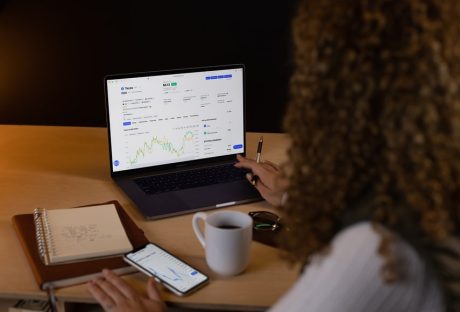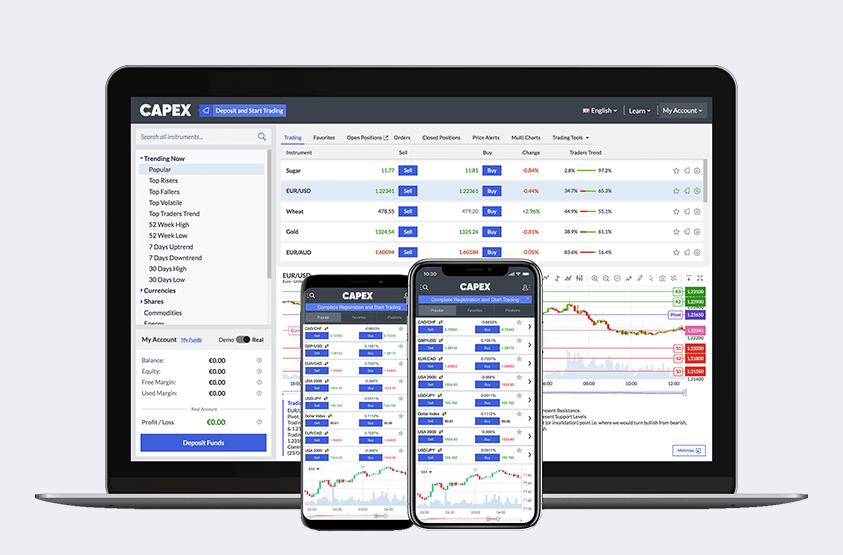Gold has been in existence for many years and its market has been quite stable. Unlike other assets, it is not volatile and doesn’t fluctuate. It can also give huge returns when held for a long time. In this article, we will explore the benefits and methods of investing in yellow metal.
Benefits of Investing in Gold
The benefits of investing in gold are:
1. It Holds Value
Unlike paper assets, gold is an age-long method of storing wealth. It maintains its value for a longer period. It is the complete physical qualities of Gold that make it highly esteemed. For instance, it is resistant to corrosion. Goldsmiths can work on the metal and turn it into different articles.
2. Serves as a Hedge Against Economic Instability
Gold is well known to protect wealth against inflation. During periods of economic downturns, currencies might be devalued but with gold, things are different. Its value will never become zero. In the past, we saw stocks rise and fall, but gold prices soared because people buy more gold when they anticipate economic instability.
3. Protects Against Political Instability
When there is a political crisis, governments place stringent measures to increase revenue. For example, they may stop people from accessing the money in their accounts. But if you own physical gold, you can always collect it and move to another country.
How to Invest in Gold
The following are smart ways to invest in gold:
1. Physical Bars and Coins
Unlike other commodities, investors can easily access gold in the form of bars and coins. They can buy them from brokerage firms, banks, or online bullion dealers. Bullion bars come in a brick of 400 ounces or a quarter of an ounce wafer.
When buying coins, you need to be sure of what you are purchasing. There are regular coins and vintage numismatic commodities that are priced based on how much gold they contain. However, if you intend to sell your assets quickly, stick to coins that are in circulation. These include the Canadian Maple Leaf, South African Krugerrand, and the American Eagle.
Another important point to note when buying physical bullion is the dealer. Whether you want to buy from an online dealer or a physical store, ensure the dealer is reliable. Also, make sure you get insurance for your bullion because you need to keep them safe. You can read this article to learn how to secure your bullion.
Additionally, you can invest in jewelry. Many people enjoy wearing gold jewelry, so they can show off their wealth to friends and onlookers. These pieces of jewelry could be combined with silver, platinum, or precious gems to improve their aesthetics, making them more valuable.
In some families, pieces of jewelry are passed down from one generation to another. As a result, the sentiment that family members attach to the pieces increases down the line even beyond the real value of the jewelry. If you are looking to invest in gold jewelry, make sure you know the purity level of the commodity.
For instance, if you are paying for 24 karats, be sure that the dealer is not selling 18 karats pieces to you. Many insurance policies cover jewelry. So, make sure to insure your precious pieces in case they go missing.
2. Gold Funds
If you do not want to go through the stress of owning physical bullion, you can invest in gold funds. These include ETFs (exchange-traded funds) and mutual funds. These funds follow the price movement of the metal and are traded on the Stock Exchange like stock.
Some ETFs offer shares that are equivalent to a tenth of an ounce of gold. So, if the yellow metal trades at $1200 per ounce, each share will be approximately $120. Some ETFs invest in physical precious metals on behalf of investors, giving them exposure to gold’s price movements. Others invest in both bullion and shares of companies involved in mining and refining precious metals.
Usually, stocks fluctuate faster than gold’s spot price. Also, companies may be affected by political, economic, and environmental problems that are not related to the price of bullion. However, these should not discourage you from investing in gold funds.
ETFs have the potential to appreciate than when you invest in physical bullion. You can check out https://www.thebalance.com/ to get more information about ETFs.
3. Stocks of Gold Mining Companies
Investors who cannot access physical precious metals can invest in stocks of gold mining companies. However, you should know that these stocks do not move with the prices of gold. This is because the success or failure of a mining company depends on its management. This affects how the company utilizes funds and makes profits. Therefore, if the company is unsuccessful, you can’t lay claim on the metal.
Which Gold Investment Method is the Best for Beginners?
There is no best way to hold gold because each method has pros and cons. However, you may want to consider investing in physical gold through a self-directed individual retirement account or a precious metal IRA. This gives you a tax advantage because you won’t pay income tax on your assets until you want to withdraw. Usually, distributions are allowed during retirement or as soon as you attain fifty-nine and a half years.
Precious metal IRAs are good for long-term holdings, thereby, increasing the value of your investment. For instance, if you purchased bullion at $1000 per ounce before you retire, the price may have tripled. But you must make sure the IRA custodian you choose is reliable. Reading reviews like the USAGold review will help you make the right choice when selecting a company to invest with.
Gold investment is purely based on speculation, which is not outrightly bad. But you do not need to fill up your portfolio with only one type of asset. It is advisable to have about 4 to 5 percent gold investment in your portfolio to balance the other classes of assets you may already own such as stocks, bonds, and mutual funds.
Read Also:

























